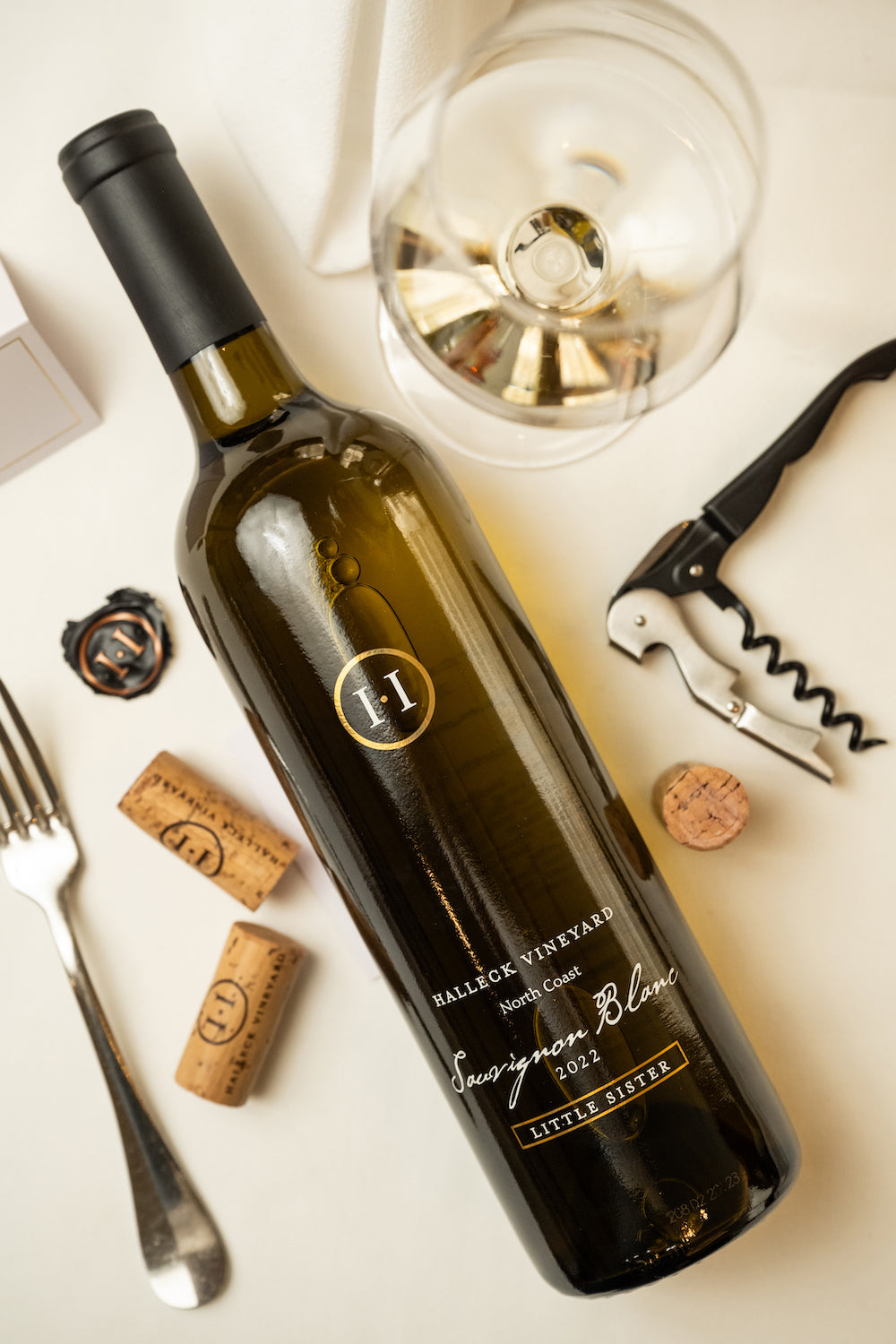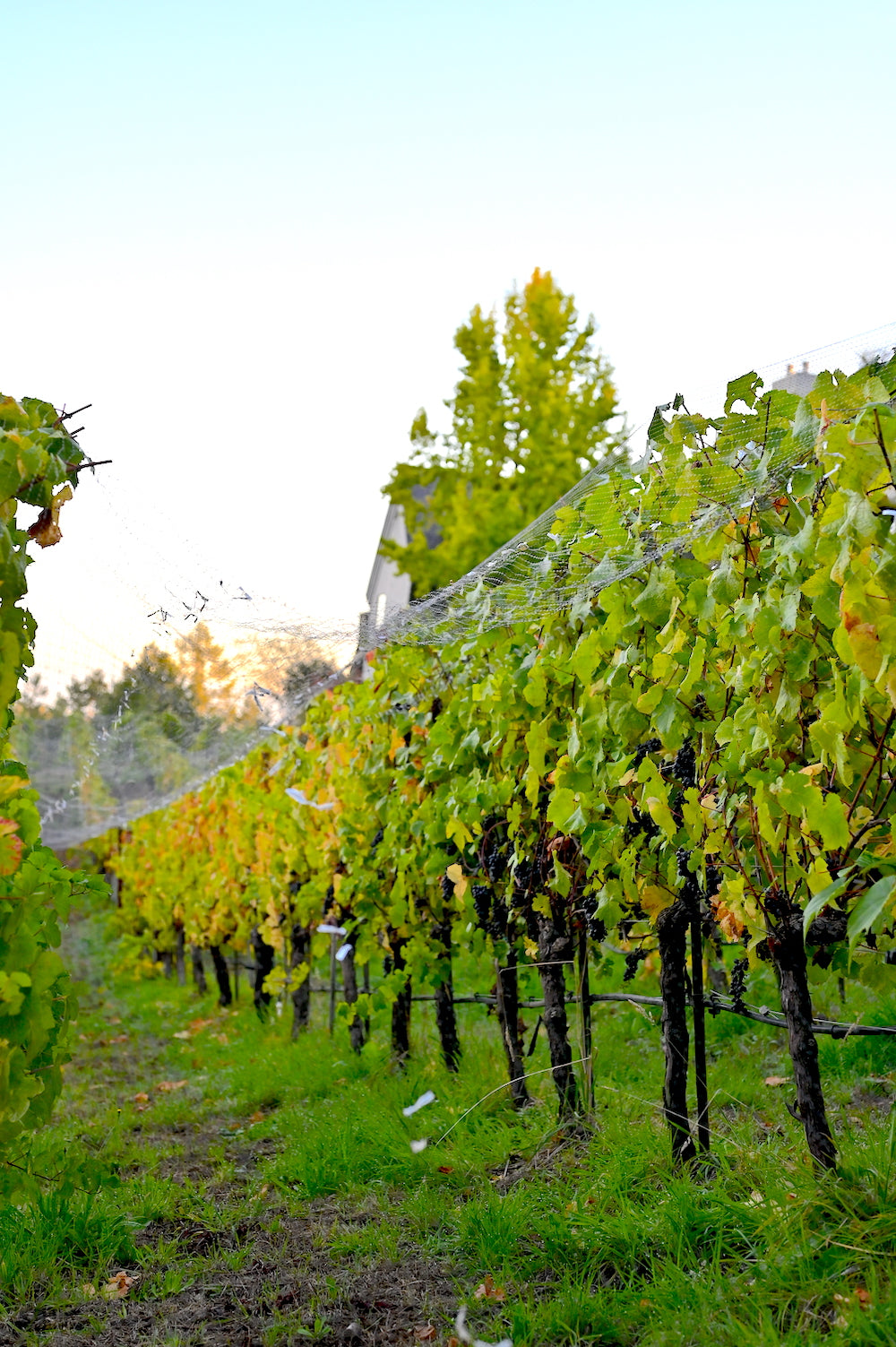Local Favorite Wineries In Sonoma - Sonoma Valley Vineyards And Wine Tasting
Local Favorite Wineries In Sonoma - Sonoma Valley Vineyards And Wine Tasting
Blog Article
Family-Friendly Wineries Near Sebastopol - Wineries For Casual Tastings In Sonoma
Wine tasting is an art that combines sensory experience with an appreciation for the nuances of different varietals. How to judge flavors in winery wine tasting periods is pivotal to greedy the complexities of wine.
Partaking in a wine tasting entails greater than merely sipping and savoring. It requires a focused method to identify aromas and flavors that every wine presents. As you begin, observe the wine's appearance, noting its colour and clarity. These visual cues often counsel a wine’s age, grape selection, and even potential flavor profiles.
The subsequent step in the tasting process is to swirl the wine in your glass. This action releases fragrant compounds which are vital for analysis. Lean in and take a moment to inhale deeply; the aromas can range from floral and fruity to spicy and earthy. The nose of the wine is simply as necessary as the palate, and recognizing scents performs a significant role in understanding the general experience.
When taking your first sip, permit the wine to move across your palate - Wineries Specializing In Sparkling Wines. Discover the preliminary flavors that present themselves. Is the wine fruity, floral, or perhaps herbaceous? This preliminary style provides insight into what the wine is more probably to specific as you continue to gauge it. The mouthfeel also contributes to the overall flavor experience; it might be silky, tannic, or even effervescent.
Wineries With Artisan Chocolate Pairings In Sonoma - The Charm Of Sonoma Wineries
As you continue tasting, take note of the wine’s stability. A well-balanced wine will harmonize acidity, sweetness, and tannins. If one element overwhelms the others, it would point out a much less desirable quality. Evaluating balance can help you determine how well the wine would possibly pair with food.
Transitioning to the end, think about how the flavors evolve as the wine lingers on your palate. A long, nice end can indicate a high-quality wine, while a short or abrupt finish might counsel in any other case. Mirror on whether the flavors stay constant or if new notes emerge as the wine settles. This progression can reveal complexities and intricacies that may not have been obvious in the initial tasting.
Temperature can be an important factor in evaluating wine flavors. Completely Different kinds of wine are optimally enjoyed at specific temperatures. White wines usually shine when chilled, whereas red wines typically carry out best at room temperature. When tasting, make sure the wine is on the appropriate temperature to totally respect its character.
Innovative Wine-Making Techniques In Sonoma Valley - Sonoma Wine Region Vineyards
Pairing food with wine can significantly improve the tasting experience. Meals can influence the perception of flavors in wine, either highlighting certain characteristics or diminishing them. When evaluating flavors, consider how the wine interacts with completely different meals, noticing which flavors are amplified or muted (Wineries Providing Guided Vineyard Walks).

Contemplate the influence of terroir as you have interaction in a winery tasting. Terroir encompasses the unique environmental components that affect grape growing, together with soil composition, climate, and geography. Understanding a wine's terroir can present insight into its flavors and aromas, fostering a deeper appreciation for the alternatives made throughout its cultivation and production.
Training plays a elementary role in enhancing one's capacity to evaluate wine flavors. Learning about grape varieties, wine areas, and production strategies can pave the way for extra informed judgments during tastings. Moreover, attending workshops or classes can refine sensory skills and expand your flavor vocabulary, enabling you can try this out you to articulate tasting notes more successfully.

Finally, it is essential to remember that evaluating wine flavors is a extremely personal experience. Particular Person preferences and perceptions will invariably form one’s tasting journey. Enjoyment must be on the forefront, with the analysis course of performing as a software to boost understanding and appreciation rather than create inflexible pointers.
Charming Wineries Offering Wine And Food Pairings - Finding Good Wineries For Wine Tasting
In conclusion, mastering how to consider flavors in winery wine tasting sessions includes a mixture of sensory engagement, data, and practice. By studying to determine aromas, assess the steadiness, and recognize the intricacies of flavor, wine enthusiasts can deepen their connection to each bottle they encounter. As with any art form, the more one immerses themselves within the experience, the extra they may uncover and benefit from the vast world of wine.
- Begin by observing the wine's color and clarity, as these visual parts can hint at its flavor profile and growing older potential.
- Swirl the wine gently in your glass; this releases fragrant compounds, permitting you to higher establish the advanced scents related to the wine.
- Take a deep inhale earlier than tasting, specializing in each major and secondary aromas to assemble insights on fruits, spices, and different nuances.
- When tasting, enable the wine to coat your palate; note the preliminary flavors, the mid-palate complexity, and the end as these phases can present completely different flavor highlights.
- Pay consideration to texture and mouthfeel, as features corresponding to tannin ranges, acidity, and sweetness contribute considerably to the overall tasting experience.
- Examine flavors against standard wine characteristics; for red wines, contemplate berry notes, oak affect, and natural tones, whereas whites might include citrus, stone fruits, and floral hints.
- Take notes during the tasting session to track your impressions, serving to you to remember and evaluate the completely different wines sampled.
- Focus On your findings with fellow tasters or winery workers, as sharing insights can improve understanding and appreciation of particular person flavors.
- Enable time for the wine to breathe; generally, flavors evolve and reveal new dimensions after being exposed to air.
- Experiment with food pairings through the tasting as they'll dramatically alter how flavors are perceived, influencing overall enjoyment.undefinedWhat should I look for when evaluating the aroma of wine during a tasting?
Start by swirling the wine in your glass to launch its aromas. Convey the glass to your nose and take a deep breath. Pay attention to the first scents you detect, as these are sometimes probably the most outstanding. Look for fruit, floral, natural, or earthy notes and attempt to establish particular traits, which will deepen your understanding of the wine's complexity.
Wineries With Unique Varietals - Discovering The Vineyards Of Sonoma County

How can I distinguish between different flavor profiles in wine?
Perceive that flavor profiles are often categorized as fruit, floral, herbaceous, spicy, or mineral. Take small sips and allow the wine to coat your palate. Discover the primary flavors that emerge first and the refined notes that observe. This layering is important in distinguishing the wine's traits and will help you respect its unique profile.
Best Pinot Noir Wineries In Sebastopol - Sebastopol Area Wineries Offering Wine
What is the importance of the wine's texture in a tasting?
The texture of the wine, also called mouthfeel, plays an important role in how we perceive flavors. Pay consideration as to if the wine feels easy, creamy, or gritty. The body of the wine (light, medium, or full) can improve or contrast with flavors, providing a extra rounded experience during tasting.
How do I assess the stability of flavors in wine?
Steadiness in wine refers to the concord between acidity, sweetness, tannin, and alcohol. Take a moment to assess whether or not these elements complement or intrude with each other. A well-balanced wine will have none of its elements overpowering the others, creating a nice tasting experience.
Innovative Wine-Making Techniques In Sonoma Valley - Tasting Fine Wines In Sonoma County
What function does temperature play in evaluating wine flavors?
Temperature can significantly impression the perception of flavors. Typically, purple wines are finest served slightly beneath room temperature, while white wines get pleasure from being chilled. As the temperature modifications, the aromas and flavors can shift, permitting you to perceive completely different characteristics. It’s important to taste wine at its read the full info here optimum temperature for true evaluation.
Wineries With Estate-Grown Grapes - Sebastopol Wine Tours And Vineyards
How can I improve my tasting skills over time?
Practice is essential to improving your tasting skills. Wineries In Green Valley. Attend tastings, keep a journal of your experiences, and explore various varieties of wines to broaden your palate. Additionally, learning about wine manufacturing and grape varieties can provide context that enhances your evaluation course of, making you a more informed taster.
Is there a particular order in which I should style the wines?
Historical Wineries To Visit In Sonoma - Exploring The Vineyards Of Sonoma
Yes, it’s advisable to taste wines from light to full-bodied and dry to candy. This progression prevents the stronger flavors from overshadowing the more delicate ones, permitting you to totally appreciate each wine's traits and nuances with out palate fatigue.
How can I evaluate the aftertaste of wine?
Small Batch Wineries In Sonoma Valley - Tasting Experiences In Sebastopol Vineyards
The aftertaste, or finish, is an important aspect of the wine-tasting experience. After swallowing, pay attention to how long the flavors linger on your palate and whether they change. A lengthy, nice end is commonly an indicator of a high-quality wine, whereas a short or unpleasant finish may counsel in any other case.
Why is it necessary to notice the wine’s acidity throughout tasting?
Acidity contributes to the overall freshness and structure of the wine. Pay attention to the tingling sensation in your tongue; larger acidity can improve the wine's liveliness and stability out sweetness. Noting acidity helps determine the wine's versatility with food and its aging potential.
What ought to I do if I battle to determine specific flavors in wine?
Best Chardonnays From Sonoma Winemakers - Tasting Fine Wines In Sonoma County
Struggling to establish flavors is frequent, particularly for novices. Focus on broader classes and describe what you presumably can acknowledge, corresponding to candy or earthy notes. With practice, studying about completely different flavor profiles, and maybe utilizing flavor wheels, you will refine your senses and develop a more nuanced strategy to tasting. Report this page